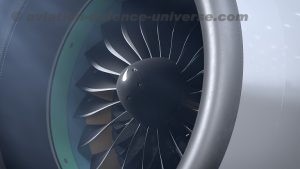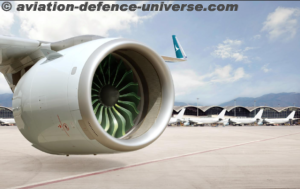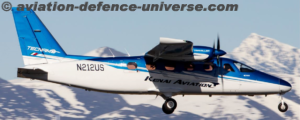
EAST HARTFORD, Conn., July 14, 2021 – Pratt & Whitney, a division of Raytheon Technologies Corp. (NYSE: RTX), today announced that Pratt & Whitney GTF™ engines have now saved operators more than half a billion gallons (close to two billion liters) of fuel and avoided more than five million metric tonnes of carbon emissions, accumulated over more than 2.5 million flights. The engines power more than 1,000 aircraft across three aircraft families – Airbus A320neo, Airbus A220 and Embraer E-Jets E2 – and have accumulated nearly 10 million engine flight hours with 54 airlines carrying over 370 million passengers.
“The GTF engine family has proven to be the most environmentally sustainable powerplant for the current generation of single-aisle aircraft,” said Geoff Hunt, senior vice president of engineering and technology at Pratt & Whitney. “At Pratt & Whitney, we’re working towards becoming the best aerospace company for the world and with the revolutionary GTF engine family, we’re just getting started.”
The unique geared fan architecture of the GTF engine is core to Pratt & Whitney’s strategy to develop more sustainable propulsion systems, which will enable the industry to reach its ambitious environmental goals in the coming decades. Through higher bypass ratios, more advanced materials and hybrid-electric configurations, the company sees considerable potential to continue lowering fuel burn, carbon emissions and noise. The company is also working in concert with industry regulatory authorities to develop technical standards that will enable to the use of 100% Sustainable Aviation Fuel (SAF).
Since entering service in early 2016, the GTF engine family has delivered on its promised ability to reduce fuel burn and carbon emissions by up to 20 percent, noise footprint by 75 precent and regulated emissions by 50 percent to the CAEP/6 regulatory standard. The engine’s unique geared fan is the right architecture for the future with a long runway for further development. Pratt & Whitney is committed to continuing to invest in evolving propulsion systems to power the next generation of commercial aircraft.






























































































































